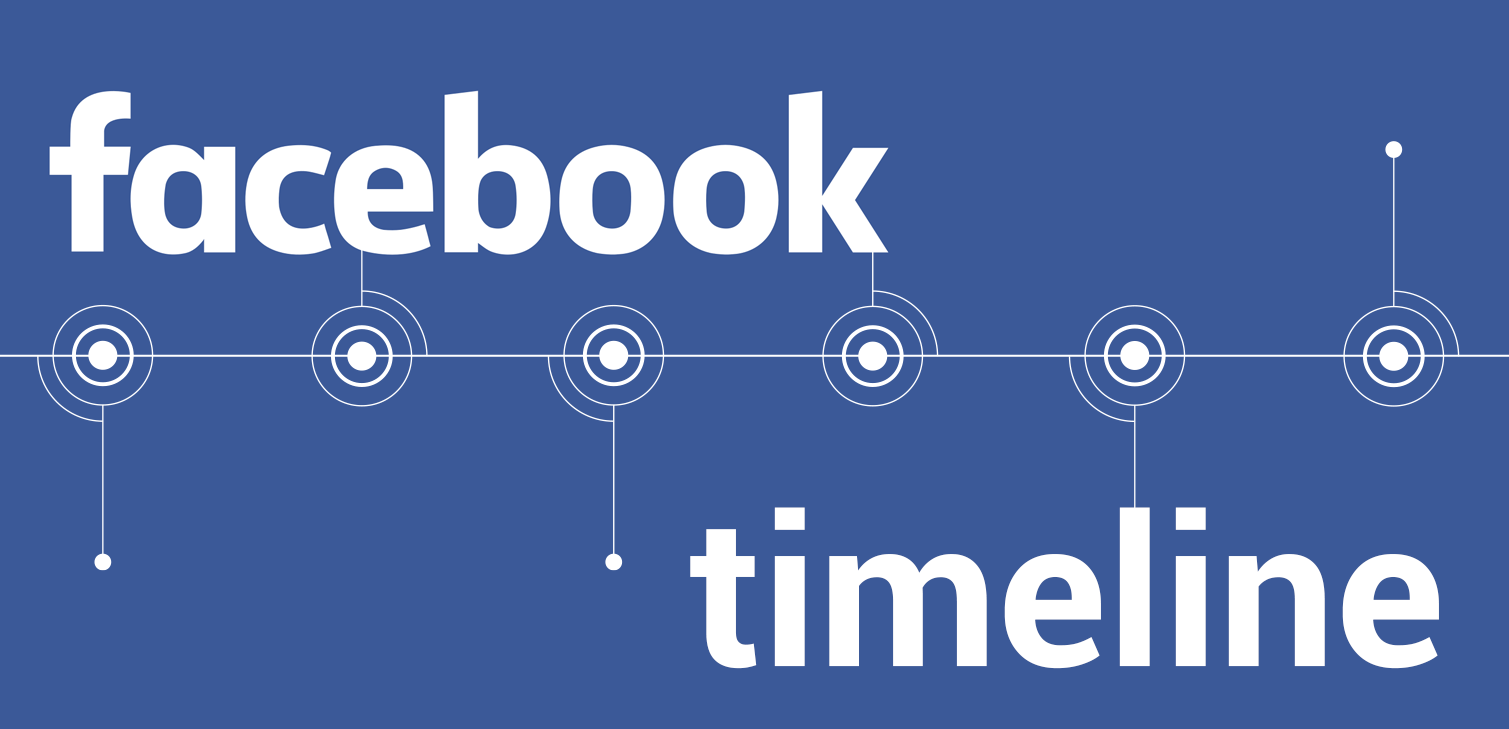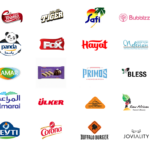On February 4 2003, the basis to what would become one of the world’s biggest companies and would launch the “Facebook Generation.”
Since its inception, Facebook has jumped above all expectations, and has gone above and beyond what many believed would have been possible at its beginning. Facebook is now the top social media website of the world, in which over 34 million Egyptians and 2.2 billion users worldwide.
Now Facebook is moving up into its teenage years, and to celebrate its new landmark, we are taking a look back at its biggest milestones to date.
- Advertisement -
Facemash.com (October 2003)
Mark Zuckerberg’s empire didn’t start out with the classic Facebook as we know it today. It started in a little dorm room where a young Harvard student decided to hack into the university’s database, stole the photos of those living on campus at the time, and uploaded them to a quickly made website.
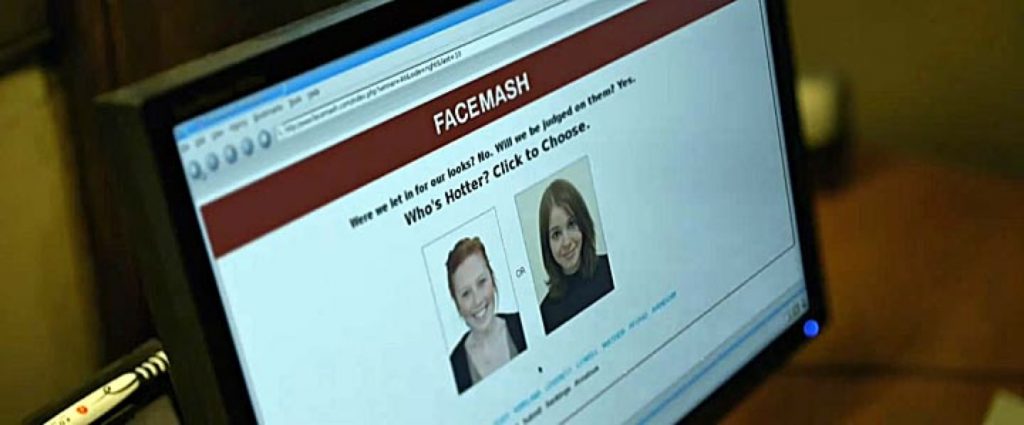
Facemash.com then allowed website visitors to select who was the most attractive of two randomly chosen images. The university shut down the website within days.
TheFacebook.com Launch (February 4 2004)
TheFacebook.com was launched, the first true step in what would become one of the largest empires in the modern world.
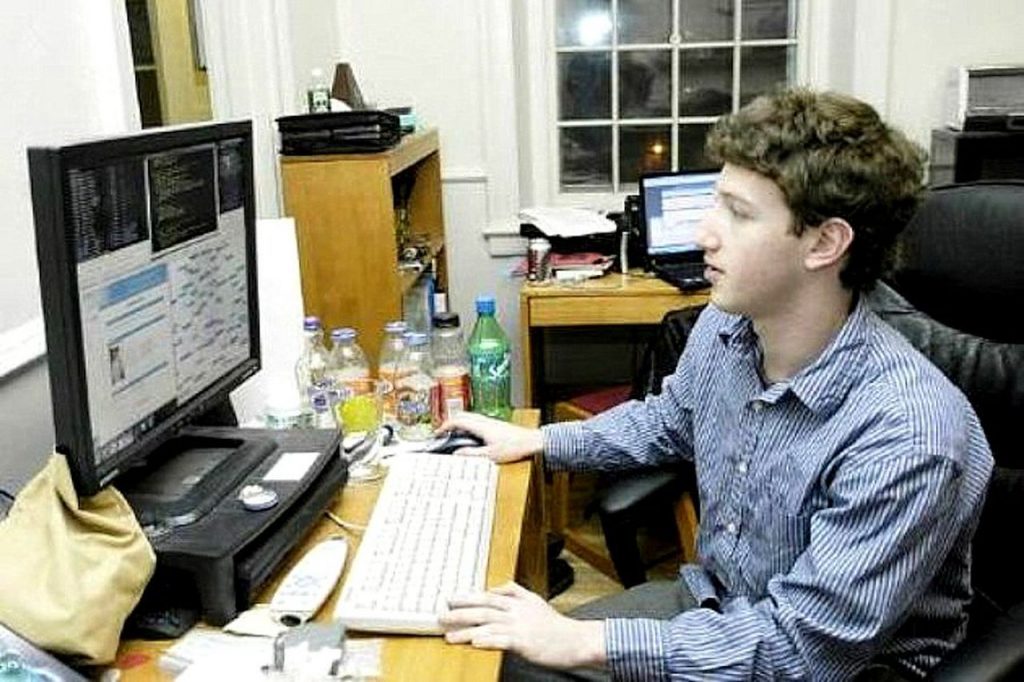
Facebook Co-founder Dustin Moskovitz, who was Zuckerberg’s at the time roommate, stated that after Zuckerberg sent the domain via email to little more than 300 people “Within 24 hours, we had somewhere between twelve hundred and fifteen thousand registrants”
Sean Parker sets the tone as President (Summer 2004)
Sean Parker, founder of Napster, started working as the President of TheFacebook. His contributions, through his own experience as a young internet entrepreneur, would build the foundation that would create Facebook.
He left in 2005 after his arrest for drug possession.
TheFacebook.com drops the “The” (August 2004)
Facebook finally starts to look like itself after this famous drop.
The change happened after the domain was purchased from a Boston-based company identified as AboutFace.
Facebook Goes International (October 2005)
Facebook expands to select colleges. During this time, the website was still only available to high school and college students.
Introduces Photo sharing and tagging (Winter 2005)
In October 2005, Facebook introduced its iconic and popular photo sharing system. This enabled users to upload profile photos and other photos without space limits.
By December, people were able to tag friends and family. A feature that would be loved for over a decade.
Allowing everyone in, by email (September 2006)
In the fall of 2006, Facebook finally opened its doors to anyone with an email address.
This made the at-the-time 6 million users website jump up to 12 million users within 3 months.
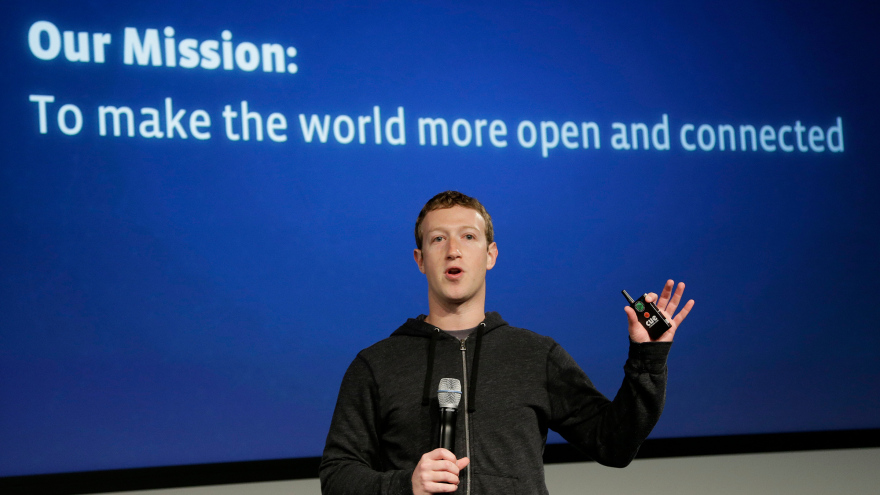
Newsfeed Launch (September 2006)
Part of the new initiative to expand came the newsfeed. Birthed amid controversy, the newsfeed was created to allow users to quickly catch up with their friends.
The newsfeed was heavily criticized, to which Facebook’s CEO commented “stalking isn’t cool; but being able to know what’s going on in your friends’ lives is.”
Facebook Ads + Facebook Pages Launch (November 2007)
The iconic Facebook Ad system, called Social Ads at the time, was created alongside Facebook Pages.
These two marketing tools would soon become essential tools in any marketing handbook, and no one knew at the time that universities would be having classes about them.
Facebook for iPhones (July 2008)
After a long time of using mobile websites, Facebook released their application solely for iPhones.
This allowed users, for the first time, to add images straight from their phone cameras and use location services.
100 Million Users (August 2008)
The social network reached its first truly monuments milestone with its 100 million users in 2008. Zuckerberg celebrated it with a blog post, while the company itself posted this thrilling video.
The birth of the “Like” (February 2009)
The Facebook like button is a feature on the social networking website Facebook. It was first enabled on February 2009. The birth of the “Like button” was true innovation, as millions of internet users and future generations would soon associate its shape to Facebook.
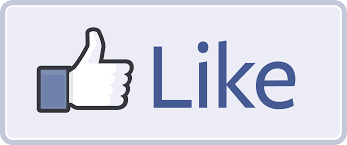 The effect of the Like button, which is still popularly used more than the new reactions, can be felt until now. Just look at the original blog post about its launch, and find that people have reacted to it with the newer reactions feature.
The effect of the Like button, which is still popularly used more than the new reactions, can be felt until now. Just look at the original blog post about its launch, and find that people have reacted to it with the newer reactions feature.
Instagram acquisition (April 2009)
After Facebook’s popularity rose, social media platforms continued to build on the sudden need of community by the public. In the face of new competition, Facebook decided to buy budding social network Instagram for approximately 1 billion dollars.
This step was considered as one of the best business acquisitions in the history of Silicon Valley. At the time of the acquisition, Instagram had just 30 million users and zero revenue.
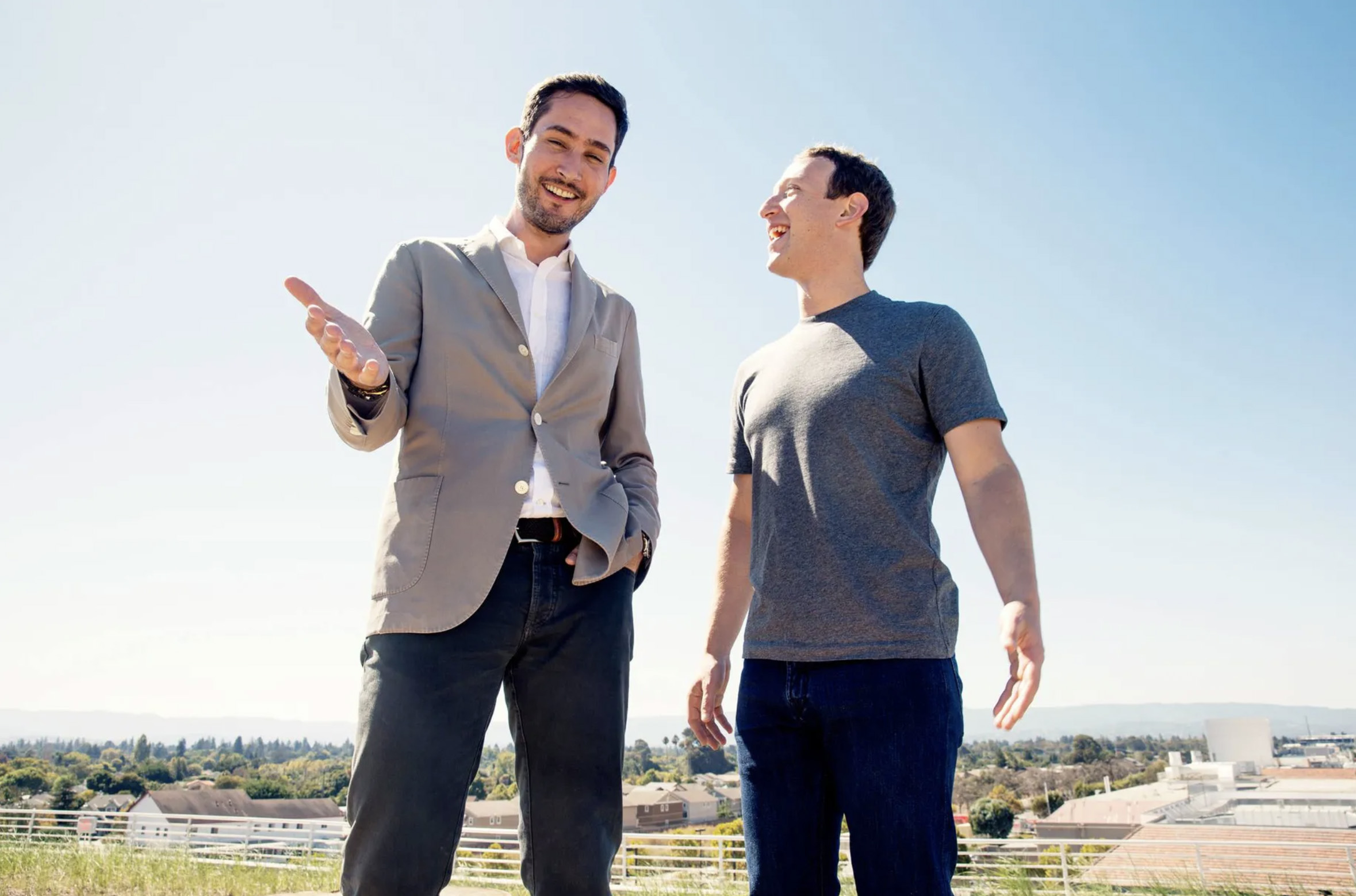 Facebook has grown the photo-sharing app into a giant of its own right, making Instagram the 7th most popular social platform in the world (2018).
Facebook has grown the photo-sharing app into a giant of its own right, making Instagram the 7th most popular social platform in the world (2018).
1 Billion users (October 2012)
Celebrating this major milestone, the company released a photo album on the platform’s official page named “One Billion Means…”
Facebook acquires WhatsApp (February 2014)
On the final day of November, Facebook Inc. announced it had bought a customer service software startup most people had never heard of, in a deal valuing the company at more than $1 billion. … Acquiring Kustomer is the latest in a series of expensive bets related to Facebook’s $19 billion purchase of WhatsApp in 2014.
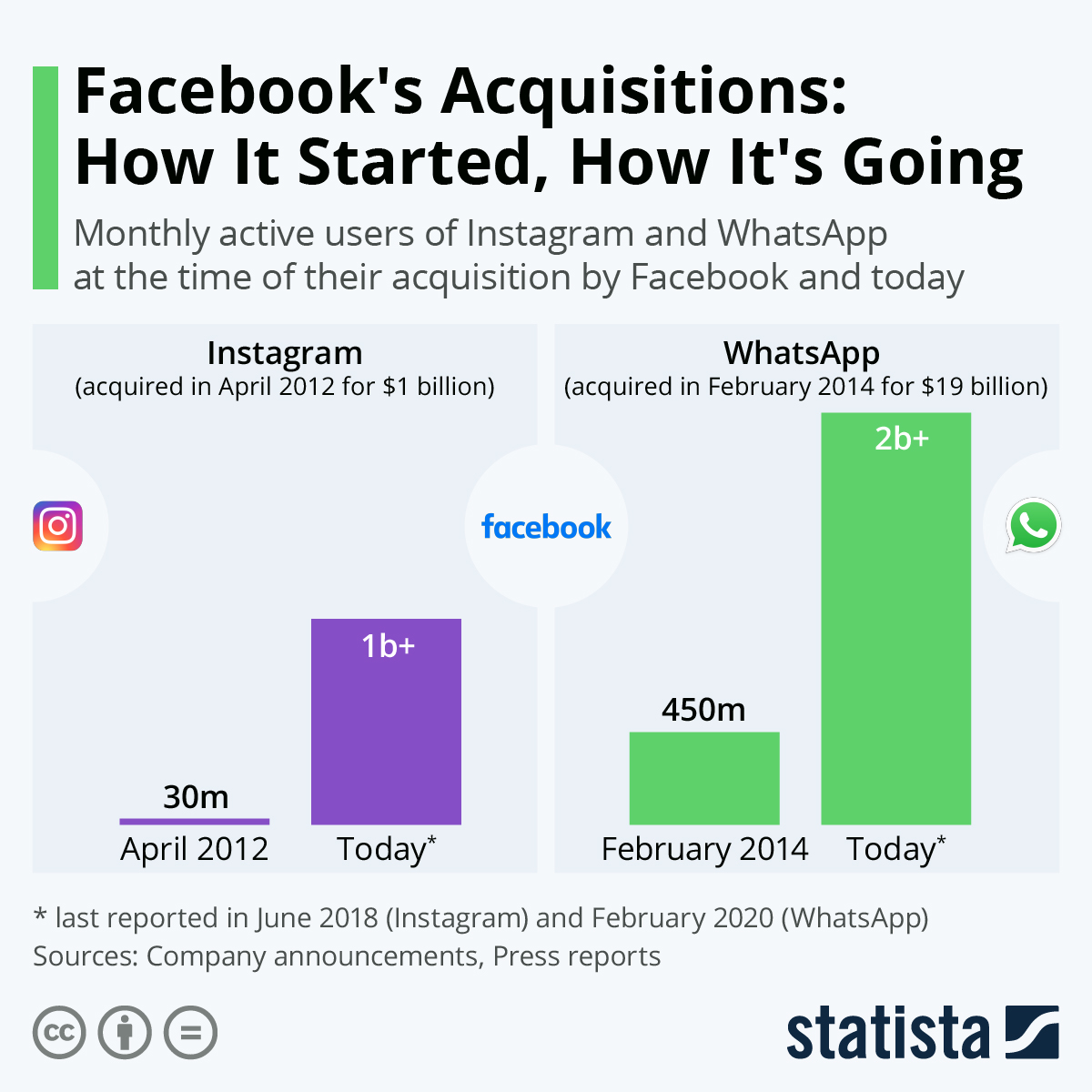 Facebook’s decision to acquire one of the most used messaging applications, which at the time had over 450 million people using the program, came at a whopping 16 million dollars, approximately, plus approximately 12 million dollars in Facebook stock.
Facebook’s decision to acquire one of the most used messaging applications, which at the time had over 450 million people using the program, came at a whopping 16 million dollars, approximately, plus approximately 12 million dollars in Facebook stock.
Jan Koum, WhatsApp co-founder, said, “WhatsApp’s extremely high user engagement and rapid growth are driven by the simple, powerful and instantaneous messaging capabilities we provide. We’re excited and honored to partner with Mark and Facebook as we continue to bring our product to more people around the world.”
You can also find WhatsApp’s blog post on the acquisition here.
Oculus VR Inc. Acquisition (March 2014)
Moving on with their vision for the future, Facebook expands into the budding Virtual Reality market with its buyout of Oculus, who was producing one of the first VR headsets, the Oculus Rift.
The agreement was reached with a total of 2 billion dollars approx.
Talking about the reason for the acquisition, Zuckerberg stated “Mobile is the platform of today, and now we’re also getting ready for the platforms of tomorrow. Oculus has the chance to create the most social platform ever, and change the way we work, play and communicate.”
Safety Check (October 2014)
Safety check was Facebook’s brainchild after the disastrous Japan Earthquake and Tsunami of 2011.
Within a year, it was activated for Typhoon Ruby in the Philippines, Tropical Cyclone Pam in the South Pacific, and a series of earthquakes in Afghanistan, Chile, and Nepal. The application set a precedent for how social networks could truly affect people’s lives during disasters.
The Like’s sequel, Reactions (February 2016)
The long-awaited expansion of the beloved Like button finally came in 2016, with Reactions.
These animated reaction emojis have now become a beloved addition to the application, but the Like continues to be the favorite.
Marketplace Launch (October 2016)
Facebook’s Groups had been a popular place where people would buy and sell things for years, and to improve on their need, Facebook launched Marketplace.
Its own E-commerce platform, Marketplace allowed Facebook users to buy and sell from other users near them. You can read more about it here.
2 Billion users (June 2017)
Facebook’s latest milestone, the social media giant reached 2 billion users last year, only 5 years since its first billion.
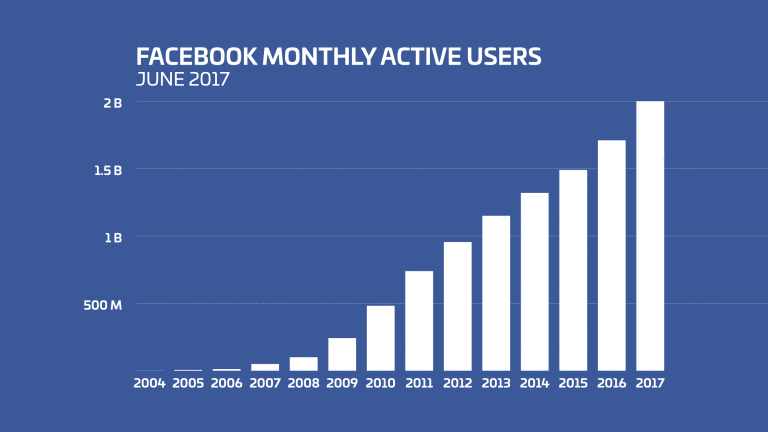 This makes Facebook the biggest social networking website in the world, with the largest logged-in users. This number was reached so quickly due to the market’s need for cheap mobile phones with internet connectivity.
This makes Facebook the biggest social networking website in the world, with the largest logged-in users. This number was reached so quickly due to the market’s need for cheap mobile phones with internet connectivity.
14 Years Old (February 2018)
Mark Zuckerberg offered fresh self-criticism on Monday (Feb 5), acknowledging making numerous mistakes in building the world’s biggest social network as Facebook marked its 14th birthday.
On the 14th birthday of the launch of Facebook, Mark Zuckerberg reflects on what he has learned building the social media behemoth. And to hear the 33-year-old entrepreneur tell it, he had to learn everything.
Mark Zuckerberg on starting Facebook at 19: ‘I’ve made almost every mistake you can imagine’
Now we come to 2018, in which the company continues to move forward and dominate the social networking field. As we can see, although young, Facebook has reached many achievements in its lifespan. We hope to see this continue in 2018.
What are your favourite moments from Facebook’s evolution over the years? Let us know in the comments!
